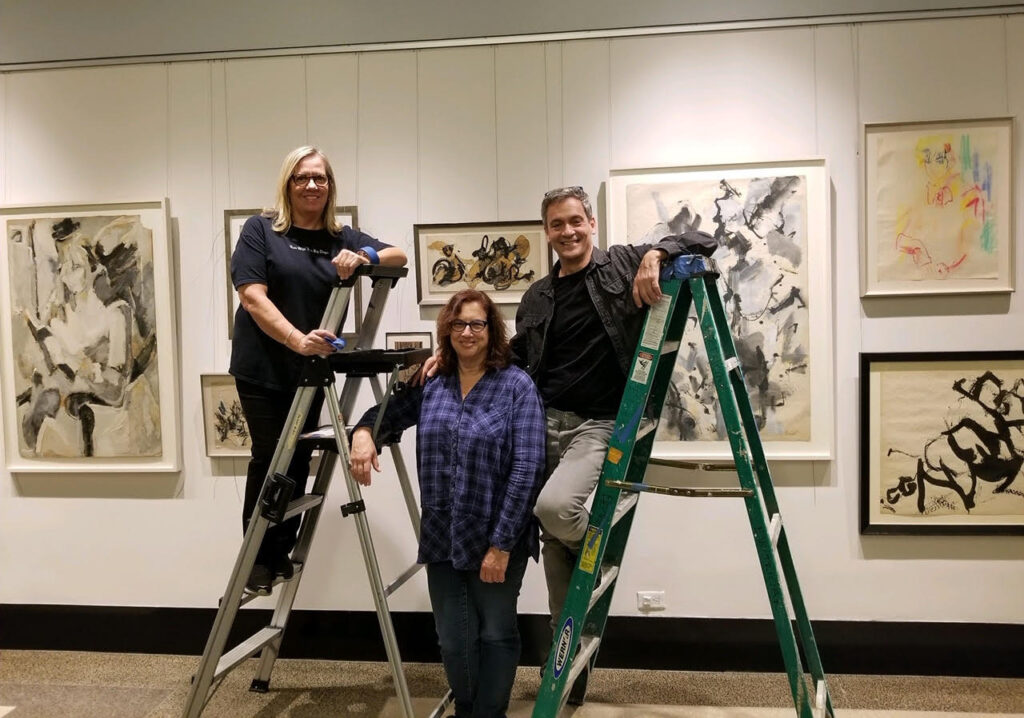
Three Guys restaurant on Madison Avenue is an all-American diner reinvented as a chic NYC dining destination, and a natural draw for creative deal makers. At the booth behind you might be the former director of the Whitney Museum, while isn’t that Hugh Grant to your immediate right, making a brisk exit, head down in paparazzi-avoidance mode? (It is!)
And yet, the most compelling person at Three Guys one morning in December was enjoying, solo, a longevity breakfast of warm oatmeal and fresh berries: Rosina Rubin, niece of the painter Anna Walinska (1906-1997). Wearing many hats, as did her polymath ancestor, Rubin is at once archivist, curator, and standard bearer of Walinska’s estate. Her aunt’s devoted champion, Rubin is a role model for any artist’s heir faced with the challenge —equal parts duty and destiny— of re-introducing an underexposed talent to a world that over-values the overexposed.
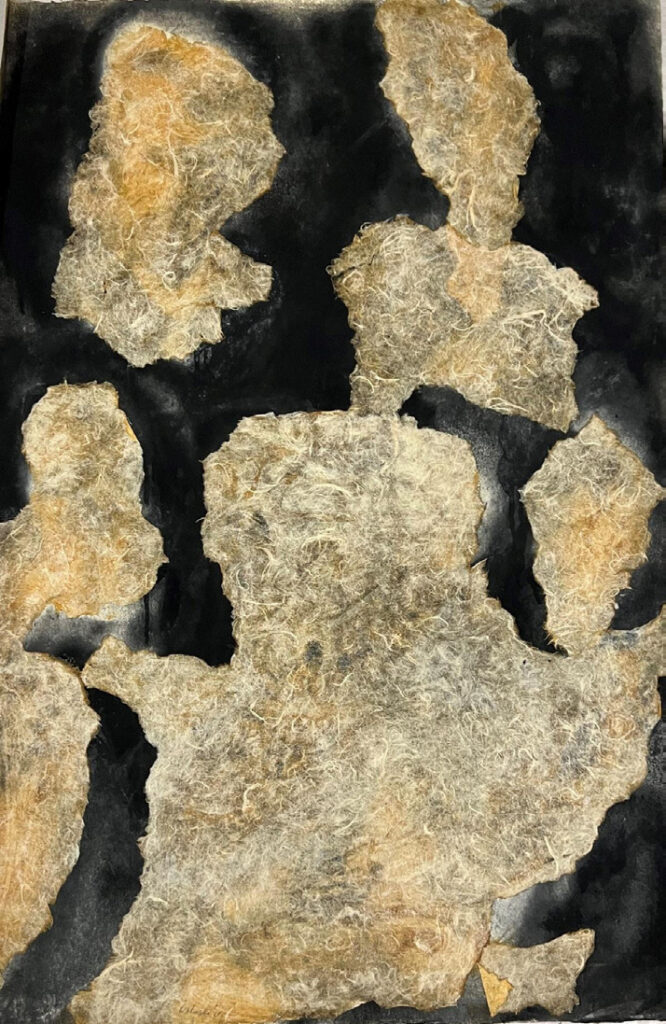
“This is a place,” affirms Rubin, unflappably surveying the Three Guys scene with a producer’s eye for a fine location. “I was always the one behind the camera,” she explains. “For many years, I was a still photographer, a video producer and a writer, which I still am, but I never wanted to be on the stage —I never wanted the attention.” Now, she acknowledges, stepping into the spotlight is yet one more responsibility of an artist’s heir. Embracing her mission as gatekeeper of Atelier Anna Walinska since 1998, Rubin raises it to art, although she’s too modest to say so. “It’s just become something that I’ve had to do, as I protect and advance the legacy of my aunt.”
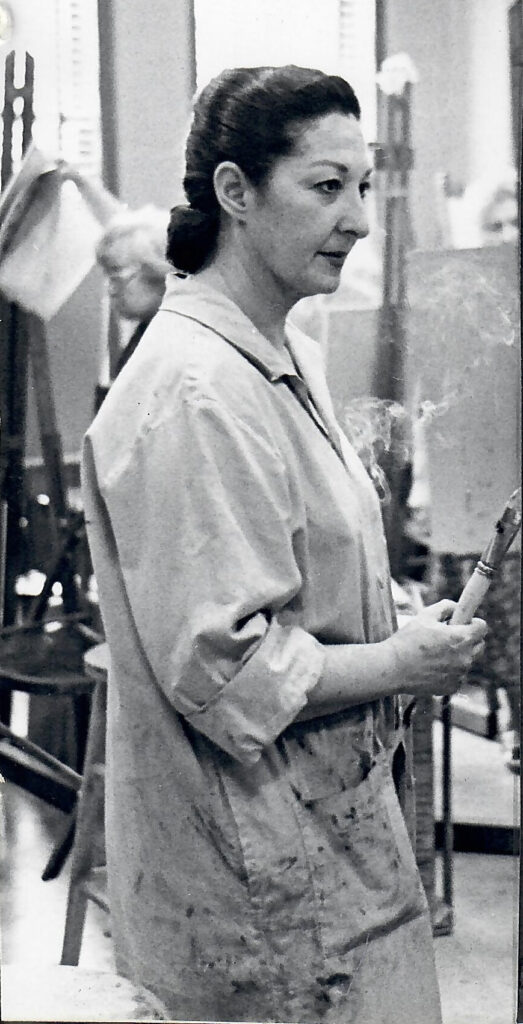
The mission has involved multiple moving parts, notably the roughly one thousand Walinska artworks that Rubin stewards, all created by the woman she called “Auntie Anna.” Walinska lived an extraordinary cinematic life, just a few highlights of which bring to mind Woody Allen’s Midnight in Paris: while living in the French capital, the Art Students League alum, age 20, resided in a flat around the corner from Gertrude Stein; took lessons from Cubist André Lhote; and executed line drawing portraits of fellow artists, including Picasso (later, she would also capture Mark Rothko with her self-styled “calligraphy of line”).
Leaving Paris to escape rising anti-semitism, Walinska returned to New York, where she established the Guild Art Gallery, whose mission was “to show artists of genuine merit, whether known or unknown, totally independent of commercial consideration.” It was there that Arshile Gorky had his first one-man show in New York. An intrepid traveler, Walinska undertook a solo grand tour, a 183-day trip around the world by prop plane (!) and boat, pausing in Rangoon to paint the portrait of Prime Minister U Nu in 1955. The next stop on her itinerary was India, where the artist was asked to paint Nehru’s portrait —but cut short her stay to return to New York upon learning that her sister was about to welcome home a dignitary: her first child (Rubin). “My aunt and my mom were really close,” Rubin says.
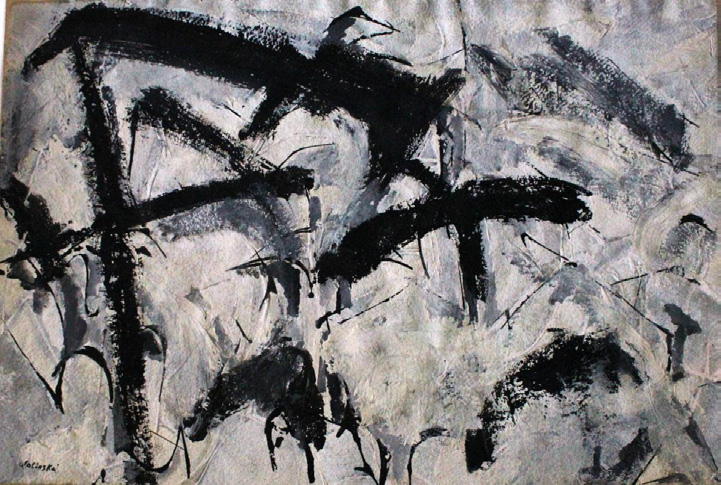
Later, “Auntie Anna” helped to raise Rubin and her sister Lisa; their father had died in 1962, when Rubin was 7. Gladly assuming “the role of second parent,” Walinska groomed the girls to be connoisseurs, giving them the lasting gift of an art-centric childhood. “Auntie Anna’s idea of babysitting was to take us to a museum, especially MoMA, where I fell in love with Guernica, and the Guggenheim, where we went to the top and skipped down the ramp. I didn’t realize that most exhibitions there start at the bottom, until I grew up and went on my own. Once, in my twenties, when I was working at NBC and went to MoMA at lunchtime, she happened to be there also, and was delighted to see her influence had made its mark.”
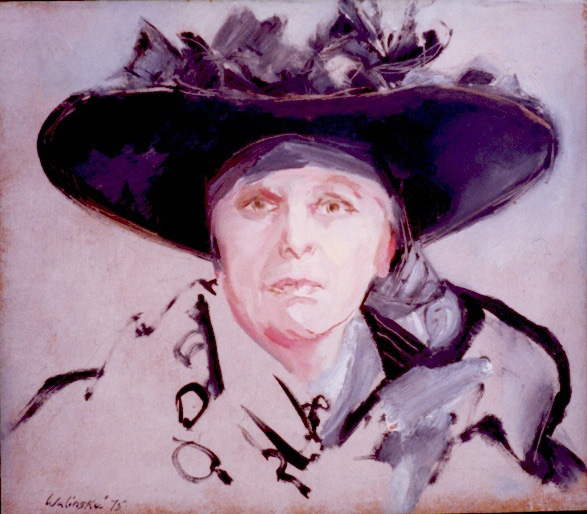
Those memories are more than enough to fill a book and fuel a film (attention, Rachel Weisz or Natalie Portman). They, and the extraordinary body of work she’s lovingly maintained and responsibly re-homed, continue to motivate Rubin, whose dedication has ensured that Walinska remains relevant and captivating to contemporary art lovers. Late February saw the closing, at Graham Shay 1857, of “Mid-Century Abstraction: Paintings and Drawings, Stuart Davis to Robert Motherwell, 1930-1980,” including work by Walinska and her great friend Louise Nevelson, plus Mary Abbott, Hannelore Baron, Perle Fine, and Jane Freilicher.
On view now and not to be missed: “Celebrating the 135th Anniversary of the National Association of Women Artists [NAWA], 1899-2023,” a timely, feminist exhibition that coincides with Women’s History Month, co-presented by Graham Shay 1857 and Lincoln Glenn Gallery, showing at 17 East 67th Street, through May 31. Meanwhile, Chelsea’s Hollis Taggart will simultaneously exhibit work by NAWA’s contemporary members; each year, one member artist is awarded the Anna Walinska Memorial Medal of Honor, thanks to a bequest from the artist’s estate.
“After she suffered a stroke, toward the end of her life, Auntie Anna said to me, ‘I’m not afraid to die, but I need you.’ At the time, I wasn’t quite sure what she meant, although as time goes on I think this is what she was talking about.” G&S


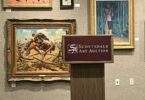

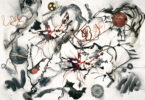
Leave a Comment